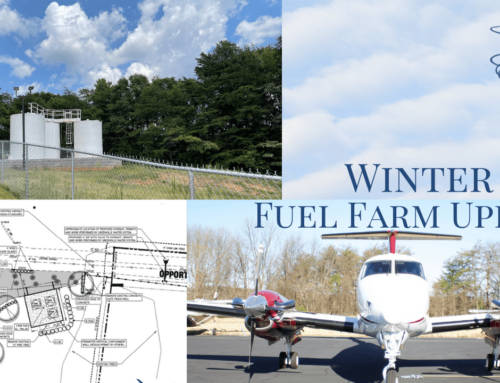The FAA has compiled research and put it into numerous tables that can be found at www.faa.gov. The numbers only go through 2008, but they go back over 10 years. After reviewing the data, we can see trends and as an industry make adjustments to our national aviation infrastructure including air traffic, airport development and support, and we can see where our national airspace planning comes from.
In 2007 our total hours flown was 27.84 million, while in 2008 we only flew 26 million hours. In 2008, our utilization in hours was at levels that were pre 1997. In fact, 2008 was the lowest year out of all of 10 previous years. 2007 and 2008 also showed differences in the areas of personal, business, corporate and instructional flying. Personal flying hours went down in 2008 by .4 million hours. Business and corporate flying hours both went down as well by .59 million and .12 million respectively.
In 2008, fixed wing piston utilization was nearly 4x’s that of turbojet, and 2x’s that of turbojet and turboprop combined. There were 12.75 million flight hours flown by single engine fixed wing pistons, 3.6 million flight hours flown by fixed wing turbojets, and 2.46 million flight hours flown by turboprops. We can assume that the vast difference between the single engine fixed wing piston and the fixed wing turbojets is because of instructional and recreational flying done by individuals who enjoy the freedoms of being a private pilot or owning a small aircraft. While looking at these numbers though, it is evident that whether on the charter market or corporate aircraft market, the turbojets are more desirable than the turboprops.
We have to ask ourselves, what were the causes, and when was the drop in 2008? Was it in the first 3 quarters of the year, or was it in the last quarter after the stock market crash? Although there was a stock crash in 2008, the trends show that even prior to 2008, we went from 25.5 million in 1998 to 28.935 million in 1999, and have continued a downward trend ever since. Where are we at as an industry? Are we going to continue this trend, or will it change? Can it change if the nation does not fully understand the value of personal and business aircraft use? Do we have the support that we need from our legislators and others that have influence?
Special Services is active in the local, state, and national business communities promoting business aviation as a tool and doing our part to educate the public on the tremendous benefits gained by its’ use, whether personal or business. It is our desire to see the trend move back towards the 2007 levels.




Leave A Comment